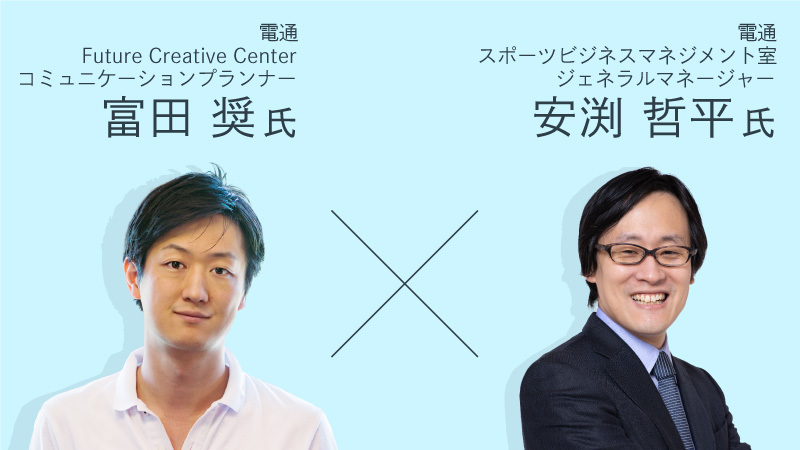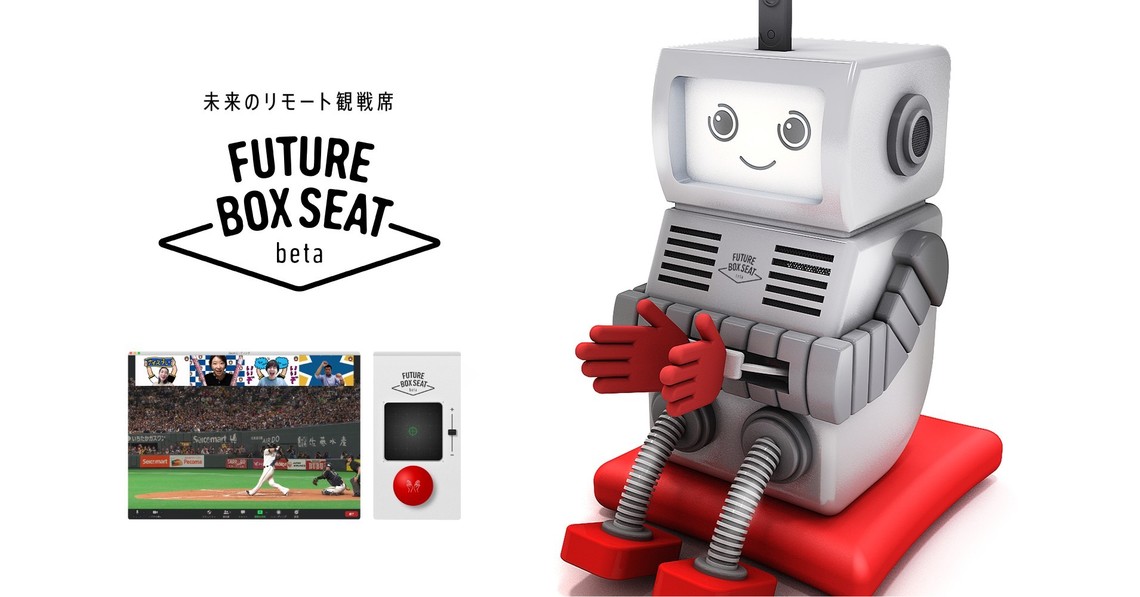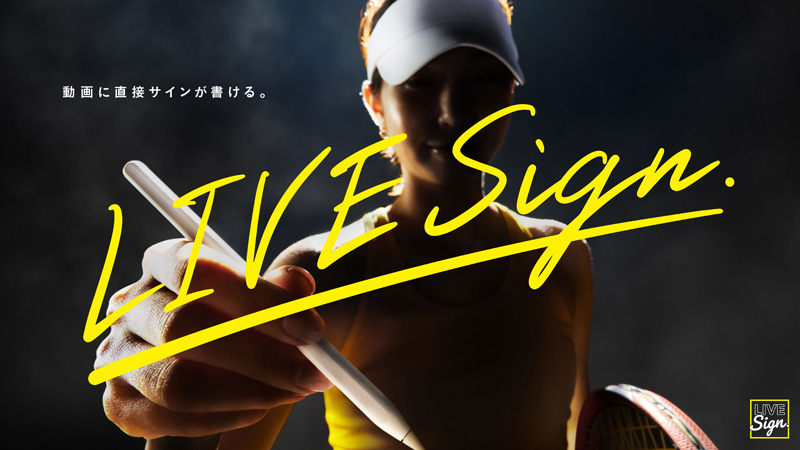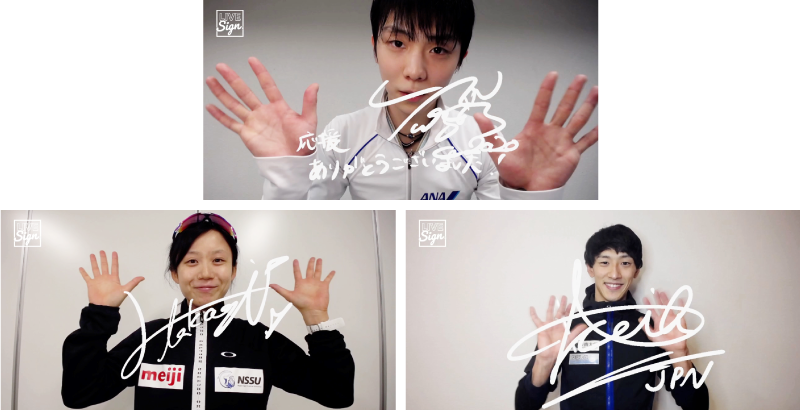Dentsu Inc.'s cross-functional creative organization, the Future Creative Center (FCC), is a group of over 70 members supporting future-building domains with creativity beyond advertising. In this series, FCC members discuss their upcoming initiatives under the theme "Future × Creativity."
Amid pandemic restrictions on sports spectating, creating new touchpoints between athletes/teams and fans is essential. Dentsu FCC has generated these new connections through DX in sports content. " LIVE Sign." (patent pending), announced July 15, is one such innovation.
(Official Twitter: https://twitter.com/LIVESign_ )
LIVE Sign. is a new form of autograph that allows handwritten signatures to be added directly to video footage. It instantly generates a video showing the athlete writing the signature alongside the signed image. This enables the sharing of irreplaceable "memorial moments"—such as victory celebrations or record-breaking achievements—as digital content with fans.
Amid the COVID-19 pandemic, when interaction with fans became difficult for sports and entertainment, Dentsu FCC members Sho Tomita (Dentsu Inc. Communication Planner) and Teppei Yasubuchi (Dentsu Inc. Sports Business Management Office General Manager) discussed the background behind developing this entirely new tool to enhance engagement between athletes and fans, its specific functions, and the new value it creates.

*This interview was conducted online.
Updating the "Connection" Between Athletes and Fans
Tomita: At FCC, even before the pandemic, we were focused on updating the fan experience in sports. The biggest touchpoint with fans is "attending games in person." However, while attending games in person creates a collective energy in the stadium that reaches the athletes, it was difficult to find a way to create a strong "connection" between an individual fan and an athlete, to make the support of one fan reach the player.
Of course, fans were still satisfied. But with the pandemic, matches without spectators increased, and the situation where watching at stadiums and arenas became difficult persisted, making it increasingly hard to create real-world connections between fans and players.
Yasubuchi: Amidst this, various experimental approaches emerged. Looking at digital touchpoints between fans and athletes, social media created an environment where fans could connect directly with athletes, enabling communication beyond just matches. Furthermore, the potential for new marketing opportunities emerging from these connections became apparent. It's fair to say a trend was emerging where fans and athletes sought individual-to-individual connections.
Tomita: That's where "LIVE Sign." was born. It allows you to write a handwritten signature directly onto a video. It instantly synthesizes the "signature's handwriting" written on a tablet with the "celebrity's appearance" while signing. This generates a signature video and signature data. It enables the preservation of irreplaceable, moving moments, primarily in sports, and the moments when celebrities connect with fans, as special movie content.
Yasubuchi: What sets this apart from traditional signatures is that, because it comes with video, you know "when, where, and under what circumstances it was written." A signature with just a name doesn't vary greatly in value regardless of when it was written. Or even if a date was included, its authenticity would likely be questionable. LIVE Sign. uses video to capture irreplaceable "memorial moments"—like after a championship-winning game or record-breaking achievement—preserving them in tangible form. Since expressions and uniforms differ each day and moment, even the same athlete's signature gains new value.
Tomita: Fans and celebrities can share historic moments together. Through this content, celebrities can send messages to fans, fostering deeper engagement through genuine connection. It also enables safe interaction with fans, which became difficult during the pandemic. This addresses the earlier challenge: "There was no easy way to create connections between individual fans and athletes." I believe it's a tool that expands the fan experience.
It requires no special cameras or equipment—just a tablet—so it can provide video signatures anytime, anywhere, regardless of the person.
This also helps valuable content circulate appropriately.
Tomita: In discussions with various sports organizations and teams, I've recently heard that athletes are becoming less enthusiastic about signing autographs. The reason is that autographs, written with good intentions, are increasingly being resold without the athlete's knowledge.
While secondary, we also want LIVE Sign. to be a solution for this issue. To that end, we're considering utilizing blockchain technology in the future to visualize the distribution path of each signature. We will prove value by guaranteeing authenticity.
Yasubuchi: Memorabilia like athlete autographs and worn uniforms is called "sports memorabilia," a market that's been booming in recent years. Plus, digital trading cards featuring athletes are now being traded for high prices, right? These utilize blockchain technology called "NFTs (non-fungible tokens)." By clearly identifying the content owner, authenticity can be verified. That's what guarantees their value.
Tomita: Before the release, we conducted proof-of-concept experiments at several sporting events, collaborating with athletes after their matches. Fan reactions were positive, and we saw various possibilities.
This isn't limited to sports; it could also be used for signatures from artists and idols. While events like autograph sessions have decreased during the pandemic, there should be high demand for signatures combined with video messages for fans. Online events and concerts often lack the immersive reality of in-person experiences, making them less memorable. By offering tangible proof of attendance through such services, we believe this could become a unique value proposition for online experiences, even post-pandemic.
It's also possible to present a signature after the athlete and fan have conversed.
Yasubuchi: Going forward, it would be great if fans could not only receive signed videos but also communicate digitally with athletes and receive signatures written during that interaction.
Tomita: That's right. We've already started such initiatives. FCC has launched sports-related services like the "Watch Together Solution β" and " Future Box Seat β." The "Watch Together Solution β" is a live streaming platform where fans can watch matches or events online alongside celebrities. Attractive celebrities act as a bridge between fans and the game footage, chatting and commenting with participants while watching together. Then, "Future Box Seat Beta" is a "remote viewing seat" that allows you to watch the game through a camera attached to a dedicated robot placed in the spectator seats, making it easier to watch games remotely during the pandemic when attending in person is difficult.

"Future Box Seatβ"
We aim to create two-way communication between fans and athletes by integrating these solutions. For example, during the "Mitsui Fudosan Cup" women's national basketball team game in July, a remote viewing initiative using the "Group Viewing Solution β" featured a player selected by fan vote. After the game, this player participated in a unique post-game interview for the livestream event. Through LIVE Sign., they shared the joy of victory with watching fans and presented signed video messages as commemorative gifts.
Through initiatives like this, we want to update the points of contact between sports and fans.
Yasubuchi: LIVE Sign. allows fans to keep a historical moment close at hand through a signature, which is why designing the signing situation is crucial. The timing of when we ask for a signature changes fan interest. The location matters too—for a post-game signature, having it done on the court, for instance, is ideal because it captures the atmosphere. How we capture that memorable instant is key, and we hope to contribute to designing and staging those moments.
Tomita: During LIVE Sign.'s development, we focused intensely on expressing the live feeling and sizzle of that moment. For example, in the video of the signature being written, we aimed to include the athlete's expression and the hand holding the pen as much as possible. We meticulously tuned the camera and screen to make fans feel like "they're writing it just for me."
Furthermore, it's not just saved as a video; the actual pen strokes of the signature are also stored as digital data. This allows for applications like printing on merchandise. We're also considering ways to manage the value via blockchain while expanding it to other merchandise.
Yasubuchi: Sports have traditionally monetized the real-world value of the game itself. However, I believe this area holds significant potential as a new revenue approach. By shining a light on the previously overlooked details of "when and where" an autograph was written, we create value. This should become a new point of connection between sports and fans. Moving forward, we aim to design experiences that maximize this value.










